A long-running experiment aboard the International Space Station has found an unexpected population of cosmic rays made of heavy hydrogen ions.
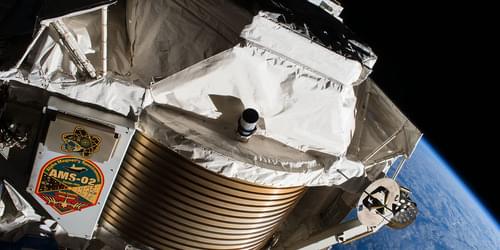


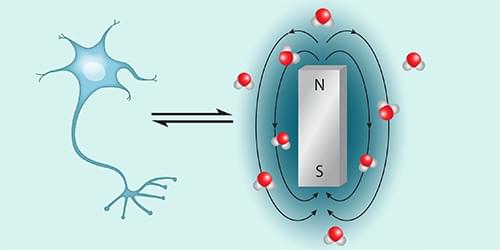
A new technique combining magnetic resonance imaging and x-ray fluorescence can characterize, with single-neuron resolution, the presence of toxic forms of iron that might be associated with neurodegenerative diseases.
Iron plays a major role in life. Most obviously, it keeps us alive, helping to ferry oxygen around our bloodstreams. It is also essential in cellular energy production, in the immune-system response, and in brain function—where it helps catalyze the synthesis of dopamine and other neurotransmitters. Iron can, however, be a double-edged sword. An iron excess has been implicated in many ailments, including neurodegenerative conditions such as Alzheimer’s, multiple sclerosis, and Parkinson’s disease—where dopaminergic neurons (neurons that use iron to synthesize dopamine) degenerate. It is thought that the toxicity of iron depends on how it is stored: iron firmly bound within proteins such as ferritin may be less toxic than iron more loosely bound to low-affinity sites, where it is more able to participate in reactions that generate cell-damaging hydroxyl radicals [1].

A physicist investigating black holes has found that, in an expanding universe, Einstein’s equations require that the rate of the universe’s expansion at the event horizon of every black hole must be a constant, the same for all black holes. In turn this means that the only energy at the event horizon is dark energy, the so-called cosmological constant. The study is published on the arXiv preprint server.
“Otherwise,” said Nikodem Popławski, a Distinguished Lecturer at the University of New Haven, “the pressure of matter and curvature of spacetime would have to be infinite at a horizon, but that is unphysical.”
Black holes are a fascinating topic because they are about the simplest things in the universe: their only properties are mass, electric charge and angular momentum (spin). Yet their simplicity gives rise to a fantastical property—they have an event horizon at a critical distance from the black hole, a nonphysical surface around it, spherical in the simplest cases. Anything closer to the black hole, that is, inside the event horizon, can never escape the black hole.
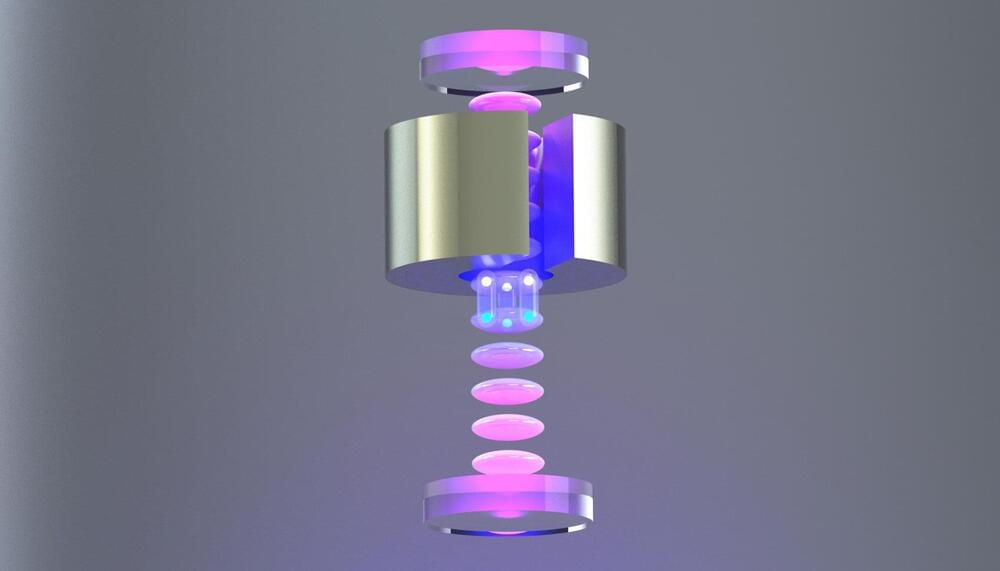
Dark energy—a mysterious force pushing the universe apart at an ever-increasing rate—was discovered 26 years ago, and ever since, scientists have been searching for a new and exotic particle causing the expansion.
Pushing the boundaries of this search, University of California, Berkeley physicists have now built the most precise experiment yet to look for minor deviations from the accepted theory of gravity that could be evidence for such a particle, which theorists have dubbed a chameleon or symmetron. The results are published in the June 11, 2024, issue of Nature Physics.
The experiment, which combines an atom interferometer for precise gravity measurements with an optical lattice to hold the atoms in place, allowed the researchers to immobilize free-falling atoms for seconds instead of milliseconds to look for gravitational effects, besting the current most precise measurement by a factor of five.
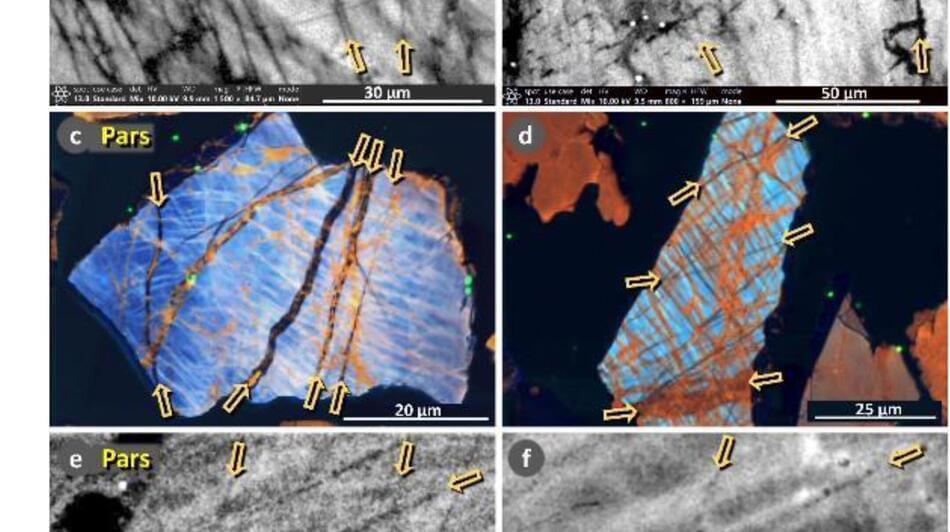
Researchers continue to expand the case for the Younger Dryas Impact hypothesis. The idea proposes that a fragmented comet smashed into the Earth’s atmosphere 12,800 years ago, causing a widespread climatic shift that, among other things, led to the abrupt reversal of the Earth’s warming trend and into an anomalous near-glacial period called the Younger Dryas.
Now, UC Santa Barbara emeritus professor James Kennett and colleagues report the presence of proxies associated with the cosmic airburst distributed over several separate sites in the eastern United States (New Jersey, Maryland and South Carolina), materials indicative of the force and temperature involved in such an event, including platinum, microspherules, meltglass and shock-fractured quartz. The study appears in the journal Airbursts and Cratering.
“What we’ve found is that the pressures and temperatures were not characteristic of major crater-forming impacts but were consistent with so-called ‘touchdown’ airbursts that don’t form much in the way of craters,” Kennett said.
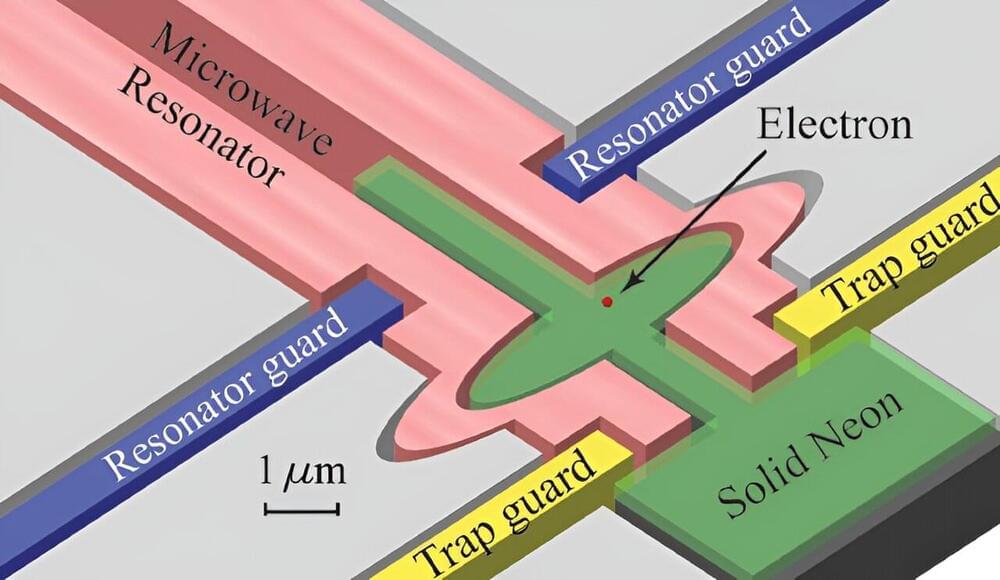
Quantum computers have the potential to be revolutionary tools for their ability to perform calculations that would take classical computers many years to resolve.
But to make an effective quantum computer, you need a reliable quantum bit, or qubit, that can exist in a simultaneous 0 or 1 state for a sufficiently long period, known as its coherence time.
One promising approach is trapping a single electron on a solid neon surface, called an electron-on-solid-neon qubit. A study led by FAMU-FSU College of Engineering Professor Wei Guo that was published in Physical Review Letters shows new insight into the quantum state that describes the condition of electrons on such a qubit, information that can help engineers build this innovative technology.
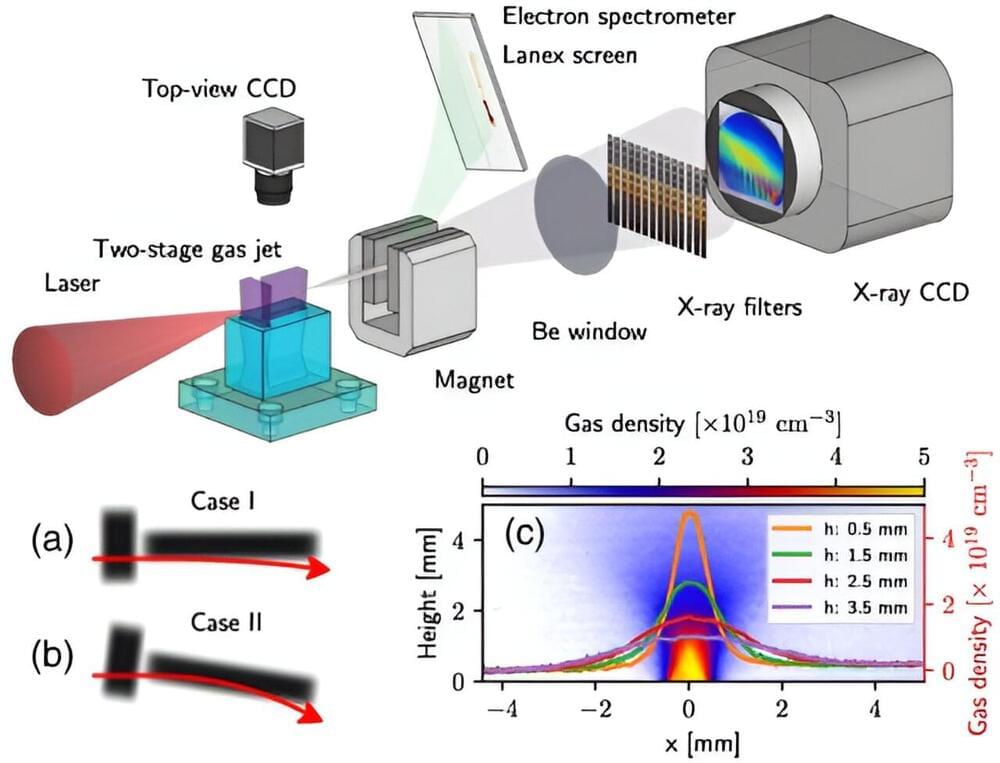
Adjusting experimental methods achieved the first “single-shot” diagnosis of electron acceleration through a laser wakefield accelerator along a curved trajectory, according to a recent study led by University of Michigan researchers. The findings are published in the journal Physical Review Letters.
This optical-based technique could help engineers develop more powerful electron accelerators for fundamental studies of quantum and particle physics —or more compact accelerators for use in medicine and industry.
Compared to traditional accelerators which can be kilometers long, laser wakefield accelerators can apply 1,000 times more energy per meter, allowing a vastly more compact design able to fit into a large room.
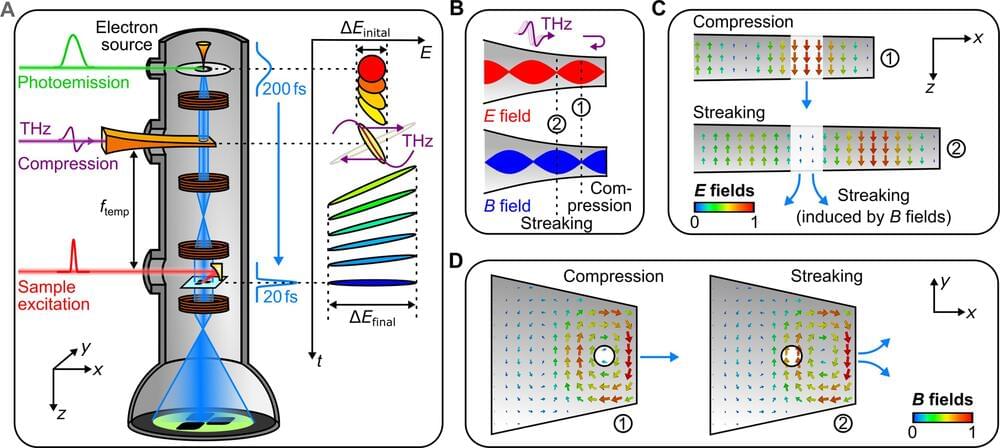
Scientists at the University of Konstanz in Germany have advanced ultrafast electron microscopy to unprecedented time resolution. Reporting in Science Advances, the research team presents a method for the all-optical control, compression, and characterization of electron pulses within a transmission electron microscope using terahertz light. Additionally, the researchers have discovered substantial anti-correlations in the time domain for two-electron and three-electron states, providing deeper insight into the quantum physics of free electrons.
Ultrafast electron microscopy is a cutting-edge technique that combines the spatial resolution of traditional electron microscopy with the temporal resolution of ultrafast femtosecond laser pulses. This powerful combination allows researchers to observe atoms and electrons in motion, capturing dynamic processes in materials with unparalleled clarity. By visualizing these rapid events in space and time, scientists can gain deeper insights into the fundamental mechanisms that govern material properties and transitions, helping to create advancements in research fields such as nanotechnology, optics, materials science, and quantum physics.
Although ultrafast electron microscopy enables, in principle, the observation of atomic and electronic motions on fundamental spatial and temporal scales, capturing these rapid dynamics has remained challenging due to the limitations in electron pulse duration. The current standard electron pulses, lasting about 200 femtoseconds, are too long to resolve many fundamental reaction processes in materials and molecules. Pulses ten times shorter would be required to observe basic reaction paths and collective atomic motions, so-called phonon modes, in real time.
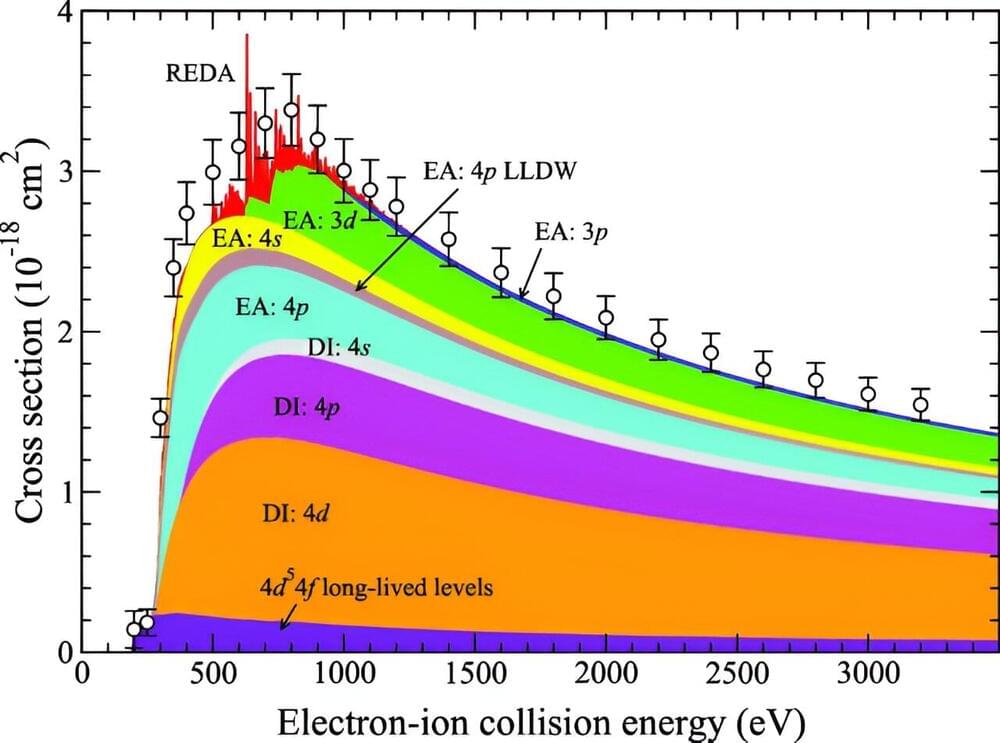
During electron-impact ionization (EII), high-energy electrons collide with atoms, knocking away one or more of their outer electrons. To calculate the probability that ionization will occur during these impacts, researchers use a quantity named the “ionization cross-section.” EII is among the main processes affecting the balance of charges in hot plasma, but so far, its cross-section has proven incredibly difficult to study through theoretical calculations.
Through new research published in The European Physical Journal D, Stefan Schippers and colleagues at Justus-Liebig University of Giessen, Germany, present new calculations for the EII cross-section, which closely match with their experimental results. Their discoveries could provide useful new insights in many fields of research where hot plasma is studied, including astrophysics and controlled nuclear fusion.
So far, EII cross-sections have proven especially challenging to calculate for two key reasons: the complex interactions that can emerge between the electrons involved in the process, and the wide array of possible electron configurations in the atoms being impacted.